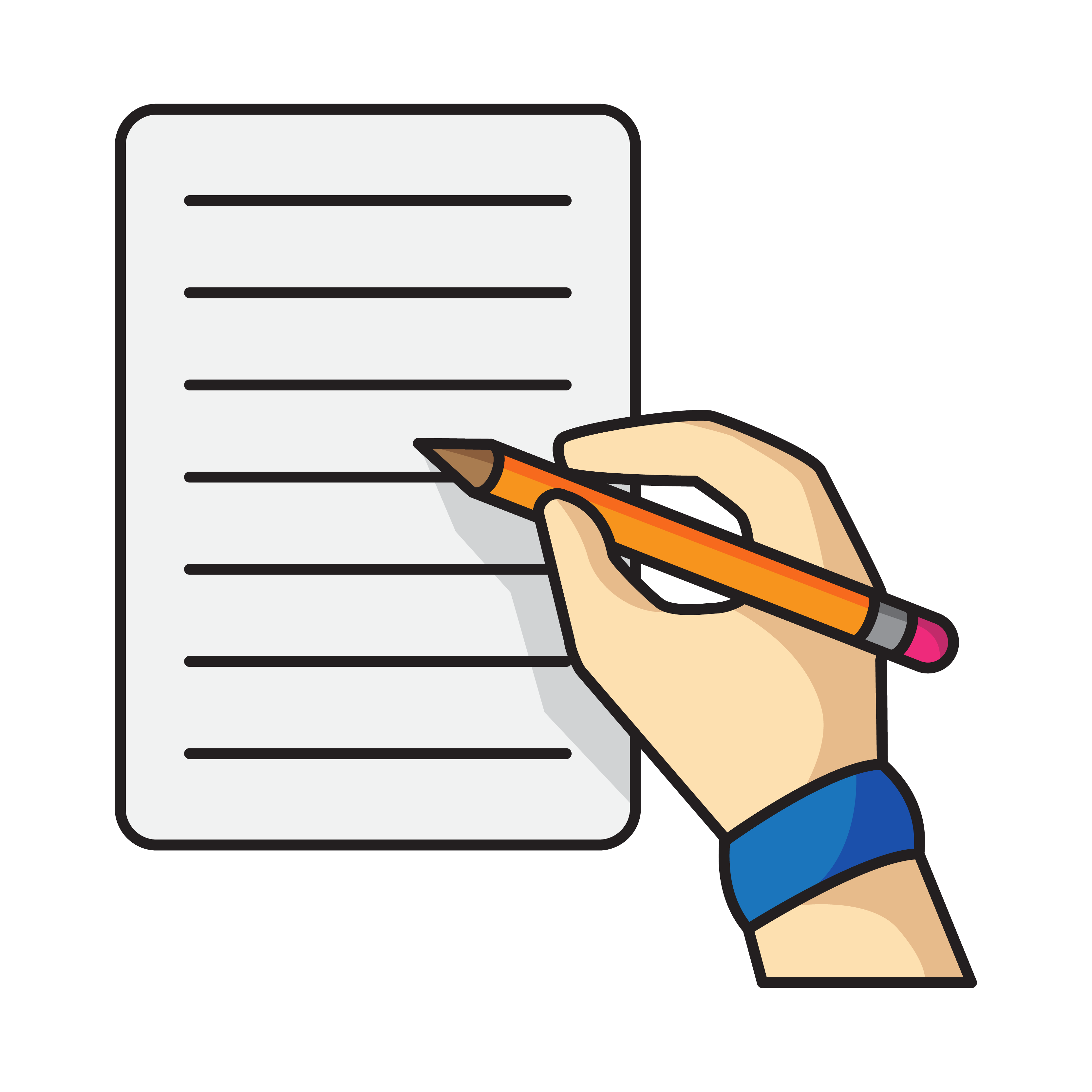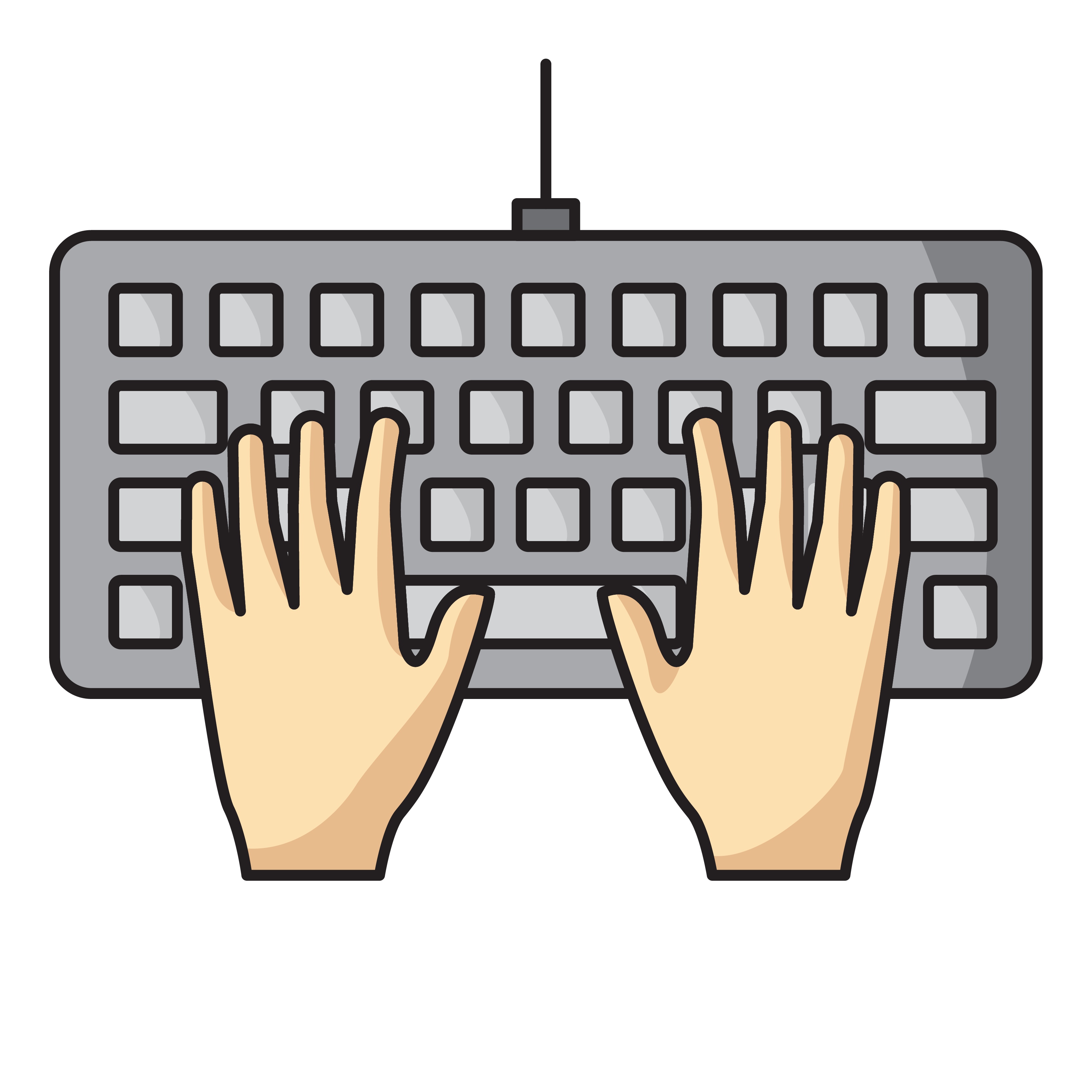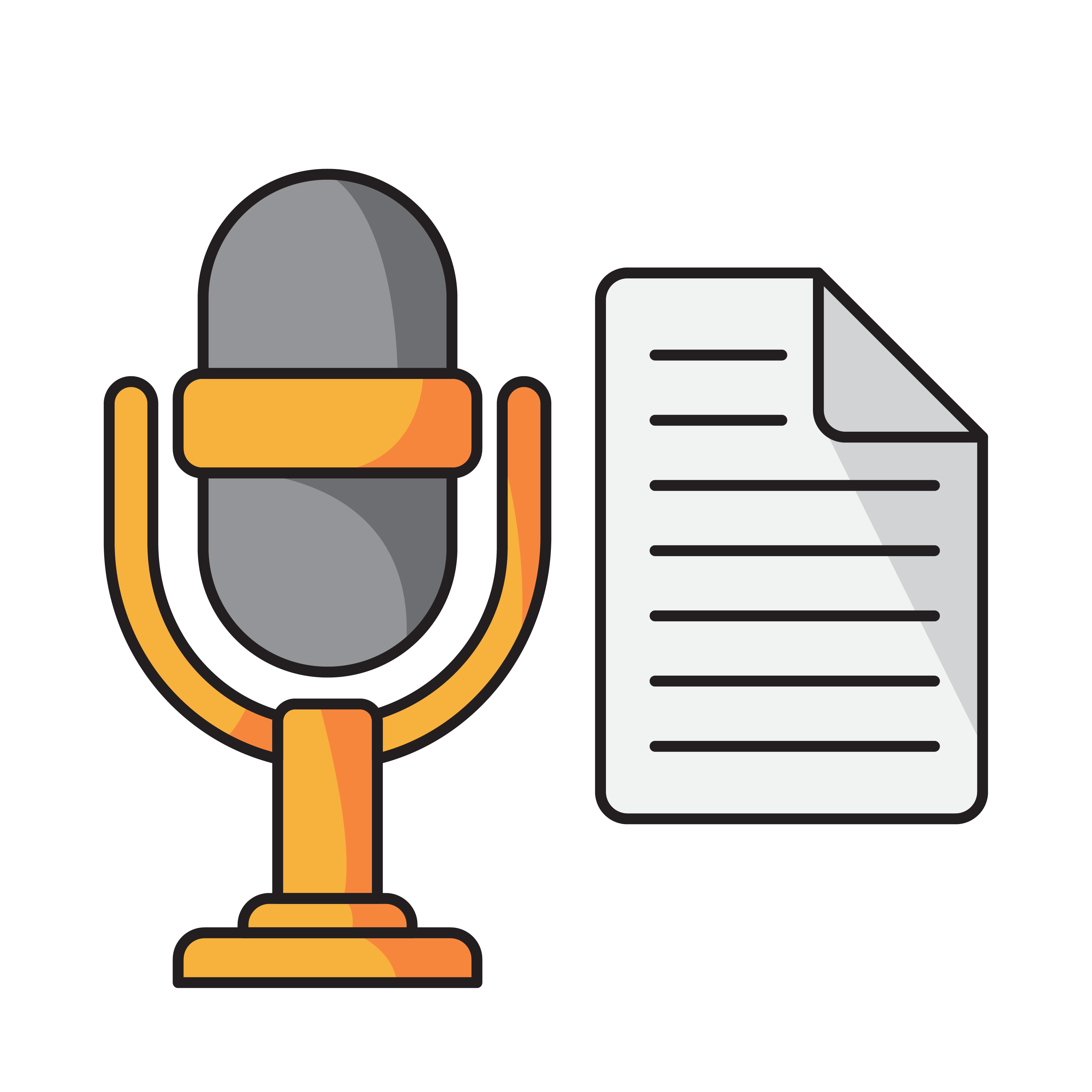Progress Tracking for Writing
with Multiple Methods of ExpressionThe Online Assessment of Writing Methods is a quick and easy place to keep track of writing using all methods of producing information for all ages. The online assessment tool provides data for writing and production of information using 5 methods of production:
- Drawing
- Handwriting
- Typing
- Voice Recording
- Speech Recognition
In addition to the raw work samples collected, words per minute are calculated, and handwriting and voice input are transcribed. The report and data files can be emailed so that all information can be stored in one location.
Writing is an essential life skill children need to develop, and learning to write is complex.
Writing is powerful and important. We should all have the ability to write down and record information that is important to us.


Children need to be able to write efficiently so they can:
- Show what they know
- Record their thoughts, ideas, and information
- Document their opinions, feelings, and memories
5 Methods of Writing
It is important for students to produce writing and information using a variety of means. There are 5 methods of producing writing and recording information. If children learn how to use each of these methods, they have a variety of options to write to their maximum potential and to record what is on their mind. Sometimes, methods of writing can slow children down, or even stop them from writing what they really want to record or what they have in their brain. We need to teach children about all 5 methods of showing what they know so they can use the methods and strategies that work best for them to reach their best potential in writing and learning.


1. Drawing
Scribbling and drawing are important in children’s early development. Annotation, illustration, and flow-charts are important methods for children to show what they know. It’s all a part of writing.
Use this Online Assessment of Writing Methods (OAWM) to document every step of children’s early scribbles, all the way up to more sophisticated ‘drawings’ as in these examples.

2. Handwriting
Writing with pen on paper is the most common method of writing and is an essential life skill for everyone. Children need to develop the most efficient and effective handwriting skills possible so that they can write for academic learning in school environments and a wide range of other daily life needs.
Use this site to time children’s writing. The program will take a photo of the written page so that you have a record of the writing completed. OAWM will also transcribe the written work into text and give a words per minute score so that you can keep track of handwriting speed.

3. Typing
Keyboarding has become more common for our children within the last 20 years. Although it is a relatively new method for producing writing, children are growing up with this technology and are familiar with the keyboard, although they are not always efficient with typing. There are many different types of keyboards and typing assist programs now, apart from typical computer keyboards. Using this section is simple, just type in the box, and hit Done when finished. OAWM will record time, and words per minute.

4. Voice Recording
Voice recording is, simply, using a technological device to record what is spoken. It is quick and easy. Most people wouldn’t consider this a traditional method of writing; however, it is an extremely powerful method of allowing children to quickly and easily record their thoughts, ideas, information, opinions, and anything else they want to ‘write’ about. After the recording is complete, OAWM will perform speech recognition on the audio and show the text detected and the speed in words per minute.

5. Speech Recognition
In the case of speech recognition, a child dictates into the computer and the words show up on the screen as the voice is recognized as text. Some people call this speech-to-text. Any speech recognition program works. Students dictate, the text appears, and they can make corrections as needed. The OAWM records the text and time, and provides a words per minute record.
